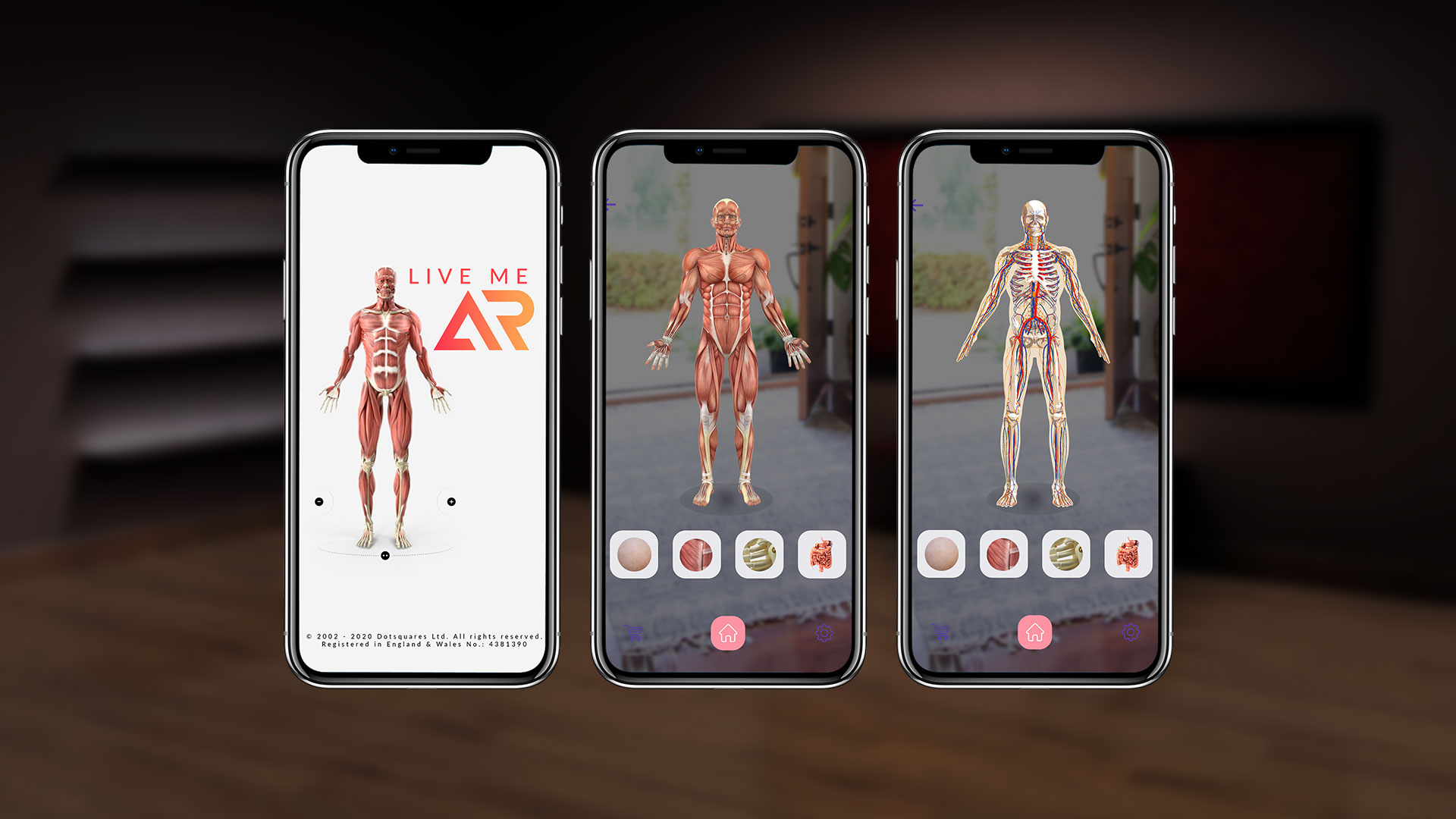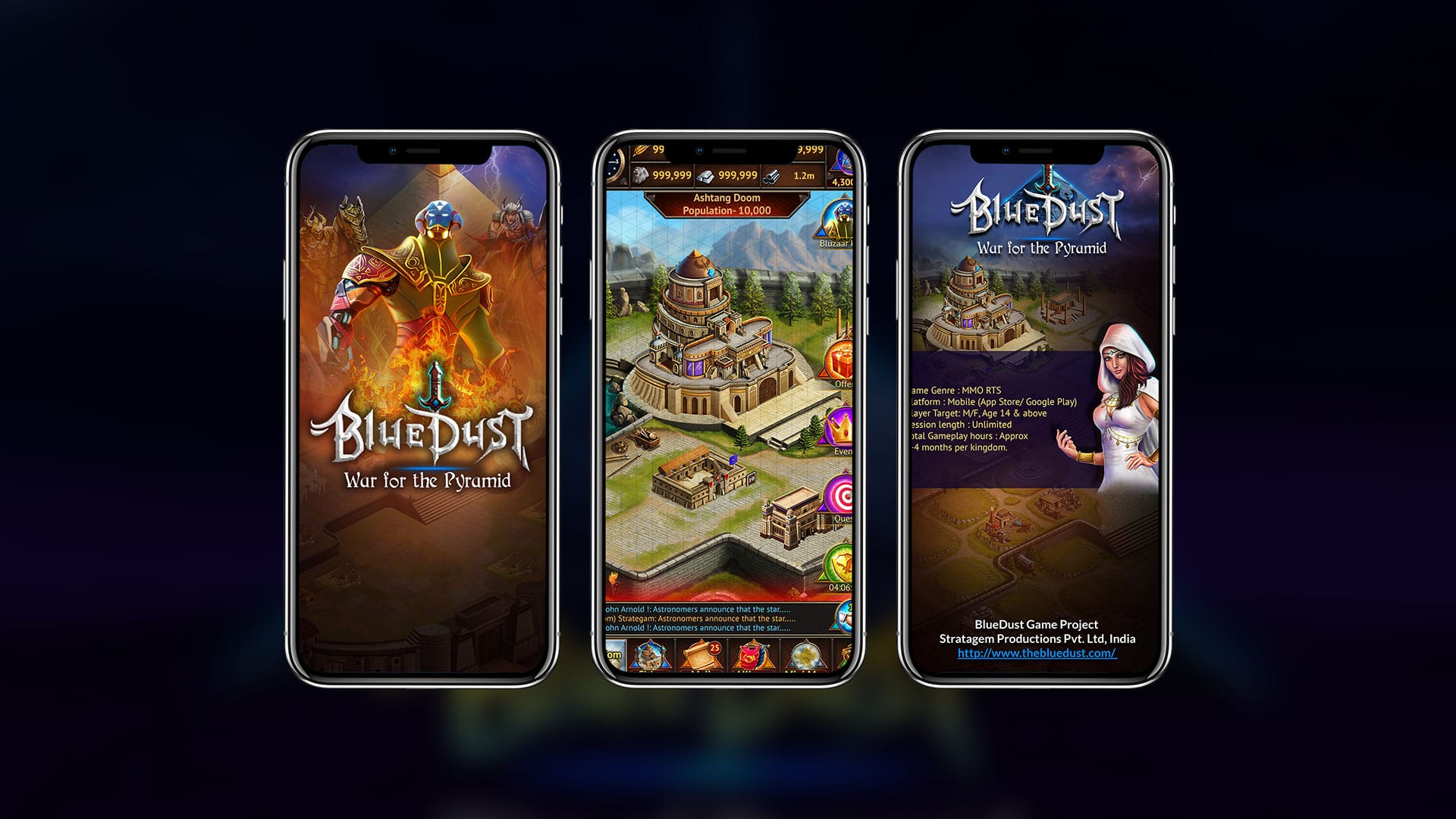Unraveling the Intricacies: Strategy vs. Tactics in RPG Games
In the sprawling universe of role-playing games (RPGs), the distinction between strategy and tactics can often blur, leaving many gamers scratching. Both are integral to the gaming experience, yet they cater to different facets of a player’s skill set. To truly appreciate and excel in RPGs, one must understand the unique roles that strategy and tactics play. Let’s delve into this fascinating dichotomy and explore how each shapes the RPG landscape.
Strategy: The Grand Architect of Gameplay
Definition and Scope: Strategy in RPGs is akin to being the grand architect. It involves long-term planning, resource management, and overarching goals. This is where players craft their vision, set their objectives, and devise comprehensive plans to achieve them. It’s the “big picture” thinking that influences every decision down the line.
Key Characteristics:
- Long-term Planning: Strategic decisions impact the game over an extended period. This could involve choosing the right mix of characters for your party, deciding which skills to develop, or managing resources effectively.
- Resource Management: Effective strategy requires careful allocation of resources such as gold, materials, or time. This ensures sustainable progress and the ability to adapt to changing circumstances.
- Goal Setting: Strategy is about setting both short-term and long-term goals. Whether it’s defeating a formidable enemy or uncovering a hidden plotline, strategic thinking helps prioritize these objectives.
Examples in RPGs:
- Fire Emblem Series: Players must consider which units to level up and how to allocate limited resources such as gold and experience points. Choosing which characters to focus on and how to develop their skills involves strategic foresight.

- XCOM: The strategic layer involves managing the base, researching new technologies, and deciding where to allocate funds. These decisions have lasting consequences on your ability to combat the alien threat.
Tactics: The Art of Execution
Definition and Scope: Tactics in RPGs are the immediate actions and decisions taken to achieve short-term goals. It’s about positioning, timing, and the effective use of individual abilities in the heat of battle. Tactical decisions are made within the framework set by strategic choices.
Key Characteristics:
- Short-term Actions: Tactics involve quick, on-the-fly decisions that affect the immediate outcome of a situation, such as battles or encounters.
- Adaptability: Tactical play requires flexibility and the ability to react to unexpected developments. This can mean changing the formation of your party or deciding which abilities to use against a specific enemy.
- Precision and Timing: Successful tactics often hinge on the precise execution of moves. This includes positioning characters optimally, timing attacks for maximum impact, and using the right skills at the right moment.
Examples in RPGs:
- Final Fantasy Tactics: Battles are turn-based, requiring players to think carefully about each move. Positioning characters and choosing the right attacks or spells to use against enemies are crucial tactical decisions.

- Divinity: Original Sin 2: Combat is highly tactical, with players needing to consider environmental factors, elemental interactions, and character positioning to gain an advantage in battles.
The Symbiotic Relationship
While strategy and tactics serve different purposes, their interplay is what creates a rich and rewarding RPG experience. Strategy sets the stage, providing a framework and long-term vision. Tactics, on the other hand, bring that vision to life through precise execution and immediate problem-solving.
Consider a game like The Banner Saga: Strategically, you decide which heroes to bring on your journey and how to manage your caravan’s resources. Tactically, you engage in grid-based combat where positioning and ability use are key to victory. Success in the game relies on balancing these two elements, ensuring that your long-term plans align with your short-term actions.
Why Understanding the Difference Matters
For gamers, distinguishing between strategy and tactics can enhance gameplay and lead to more informed decisions. Recognizing when to think strategically and when to act tactically allows for a more nuanced approach, leading to better outcomes and a deeper appreciation of the game’s design.
For game developers, this understanding can inform the design process, creating games that challenge players on both fronts. A well-designed RPG will balance strategic depth with tactical richness, offering players multiple layers of engagement.
Conclusion
In the world of RPGs, strategy, and tactics are the twin pillars that support engaging and immersive gameplay. By understanding their differences and how they complement each other, players can elevate their gaming experience, while developers can craft more compelling and challenging games. So the next time you embark on an epic RPG adventure, take a moment to appreciate the grand strategy guiding your journey and the sharp tactics that win your battles. Happy gaming!
Why Team Inventive?
At Inventive Studio, we provide tailored solutions to elevate your RPG experience. Through our expertly crafted strategy guides, we empower players to navigate complex game mechanics with confidence, ensuring long-term success. Additionally, our tactical mastery tutorials equip gamers with the skills to execute precise maneuvers and make split-second decisions in the heat of battle. With Inventive Studio by your side, unlock the full potential of strategy and tactics in your favorite RPGs, and embark on unforgettable adventures with ease.















